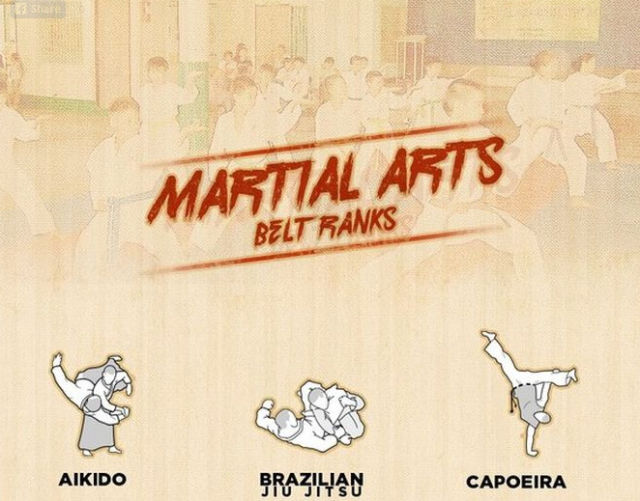Understanding The Basic Differences In Between Traditional Martial Arts And Modern Fight Sports
Understanding The Basic Differences In Between Traditional Martial Arts And Modern Fight Sports
Blog Article
Created By-Camp Johnson
When you think about martial arts, do you lean extra towards the typical practices or the contemporary battle sporting activities? https://martialartshistoryforkids33332.blog-eye.com/35655760/never-ever-undervalue-the-power-of-self-defense-for-seniors-discover-exactly-how-to-remain-risk-free-and-energetic-in-your-golden-years-with-sensible-strategies offers one-of-a-kind benefits and experiences, formed by their philosophies and training techniques. Conventional martial arts stress individual development and technique, while modern battle sports concentrate on competition and efficiency. Understanding these differences can guide you in picking the appropriate strategy for your trip. Yet exactly how do these differences manifest in training and philosophy?
The Viewpoint and History Behind Conventional Martial arts
While many people associate martial arts with physical battle, the viewpoint and background behind conventional martial arts run much deeper. You'll find that these disciplines highlight individual development, technique, and regard.
Originating from ancient techniques, traditional martial arts were usually developed for Self-Defense and spiritual growth. They personify concepts such as equilibrium, harmony, and self-control, leading practitioners beyond mere combating skills.
As you educate, you'll not only discover techniques but likewise gain insights into the society and values that formed these arts. The rituals and traditions, often passed down with generations, foster a feeling of area and belonging.
The Affordable Nature of Modern Fight Sports
Modern fight sports have transformed the landscape of martial arts into an extremely competitive field, where professional athletes face off in an examination of skill, strategy, and endurance.
You'll discover that competitions are often organized with stringent guidelines and policies, making certain fair game and safety and security. These occasions bring in large target markets, fueling the exhilaration and strength of matches.
Athletes train rigorously, not just for physical prowess yet likewise for psychological toughness, recognizing that every information counts in the ring. The adrenaline rush during competitors is apparent, as boxers press their restrictions to declare triumph.
Fans appreciate the athleticism and creativity involved, making contemporary combat sporting activities a thrilling spectacle that remains to progress and astound enthusiasts around the globe.
Training Methods and Strategies: A Relative Evaluation
The affordable ambience of modern-day fight sporting activities demands cutting-edge training techniques that vary significantly from traditional martial arts.
In modern-day training, you'll concentrate on specific techniques, competing, and conditioning, commonly utilizing drills that imitate genuine fight circumstances. You'll see an emphasis on quantifiable performance and regular competition to analyze your skills.
On the other hand, standard martial arts prioritize forms, katas, and thoughtful mentors, frequently stressing technique and respect over competitors.
Training is normally less extreme and might entail recurring method rather than real-time sparring.
While both approaches build skill and fitness, contemporary combat sporting activities give a more dynamic and adaptable training setting, preparing you for immediate challenges in the ring or cage.
Choose the course that lines up with your objectives and rate of interests.
Verdict
In choosing between standard martial arts and contemporary combat sporting activities, it actually boils down to what you value a lot of. If karate classes price near me seeking individual development, discipline, and a sense of area, standard arts may be your best fit. However if you thrive on competition and real-time challenges, contemporary combat sporting activities could be the way to go. Eventually, both paths supply distinct advantages, so it's all about aligning your training with your personal goals and rate of interests.
